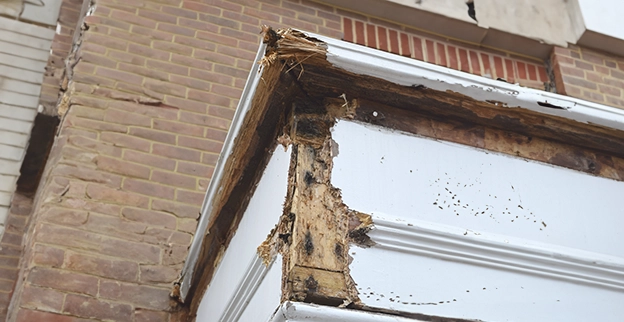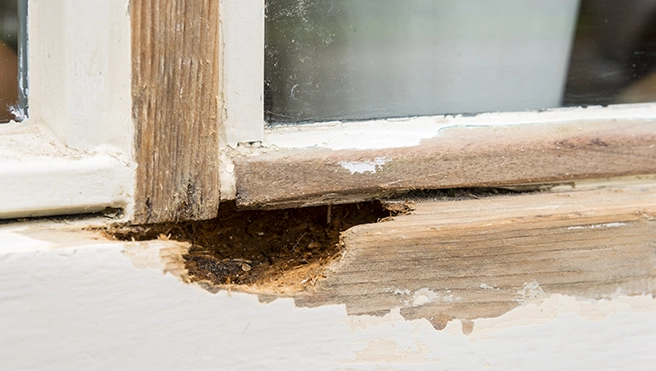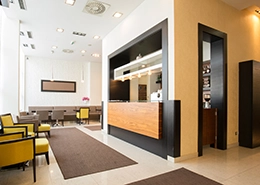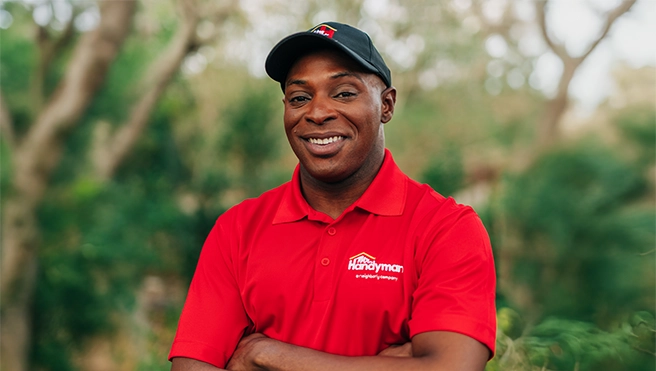Although wood is a popular building material for its durability and strength, it's very vulnerable to wood rot. Especially in a humid climate like Palm Harbor and Clearwater. As a property owner, it's important that you know what signs to look for that indicate you've got wood rot. Even if you opted for pressure-treated wood during the construction process, your wooden structures are still at risk. You need to take preventative measures to ensure that your wood remains in good condition and structurally sound.
For wood rot repair in Palm Harbor, FL, the first step is knowing the signs. Here are the important signs of decay to look out for that signify that you have wood rot in Palm Harbor.
The Signs of Wet Rot
It can be difficult for those without experience to tell the difference between wet and dry rot. But there are key differences between the two. To identify wet rot, pay attention to the wood's color, texture, shape, the extent of the damage (i.e., fracturing), and the smell. Other common signs that indicate you have wet rot include:
- A soft, spongy texture (easy to penetrate with a pointy object)
- A darkened appearance (one area likely will appear to be darker than elsewhere)
- Shrinking and warping
- A musty, earthy smell
- Cracking and crumbling wood
- Fungus growth that's localized
- Chipping or flaking paint
Given the name, wet rot typically occurs in damp locations. Areas that experience high levels of moisture are more likely to experience wet rot—although dry rot can also occur, too.
Signs of Dry Rot
Dry rot can be more difficult to spot compared to wet rot, because the obvious signs occur late in its lifecycle. However, a Palm Harbor handyman has the expertise and knowledge needed to spot dry rot. The signs of dry rot include:
- Appearance of fruiting bodies
- Spore dust on the wood's surface
- Spread of white mycelium (looks like fine, fluffy strands)
- A yellow or white-gray skin that overlaps the wood in patches
- A dump, musty smell






